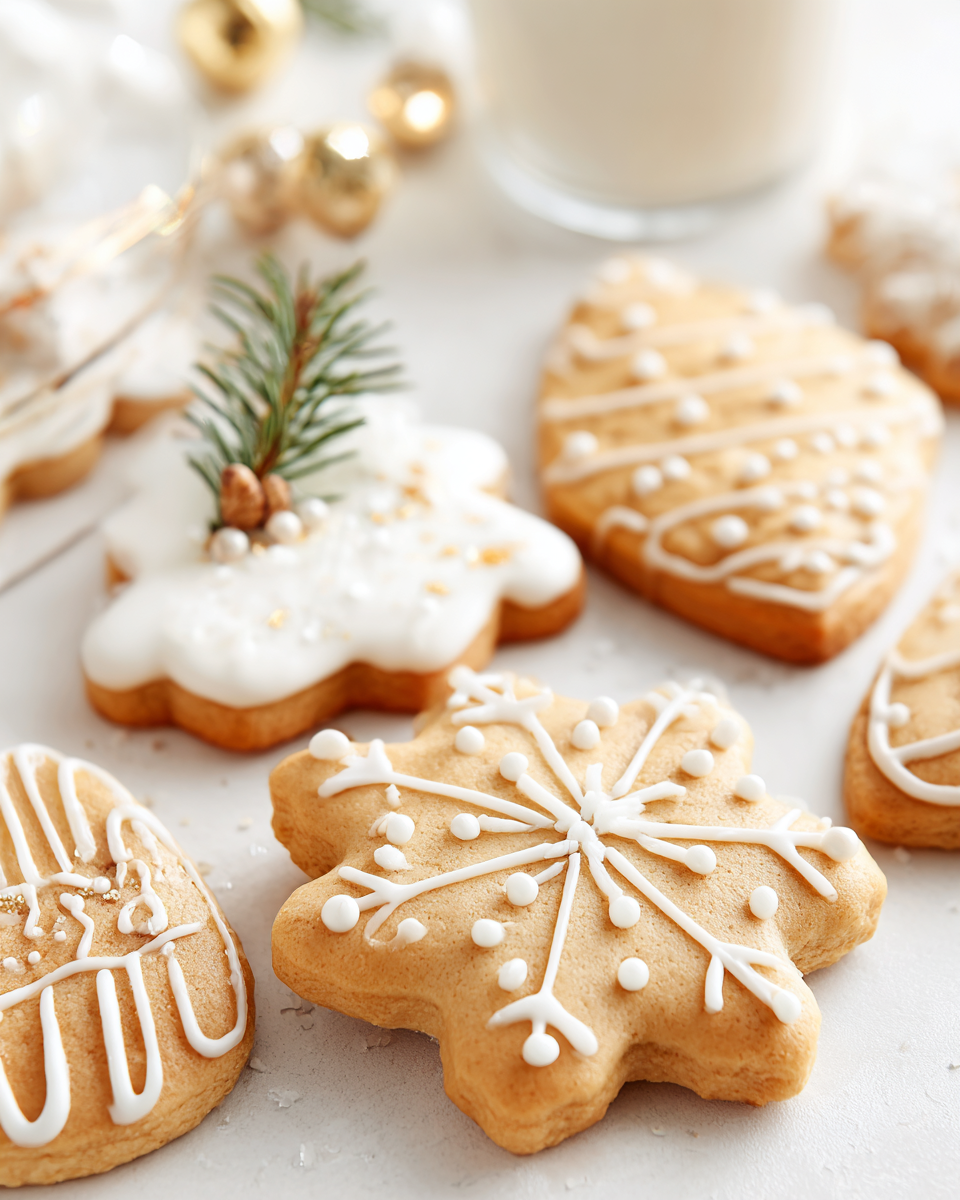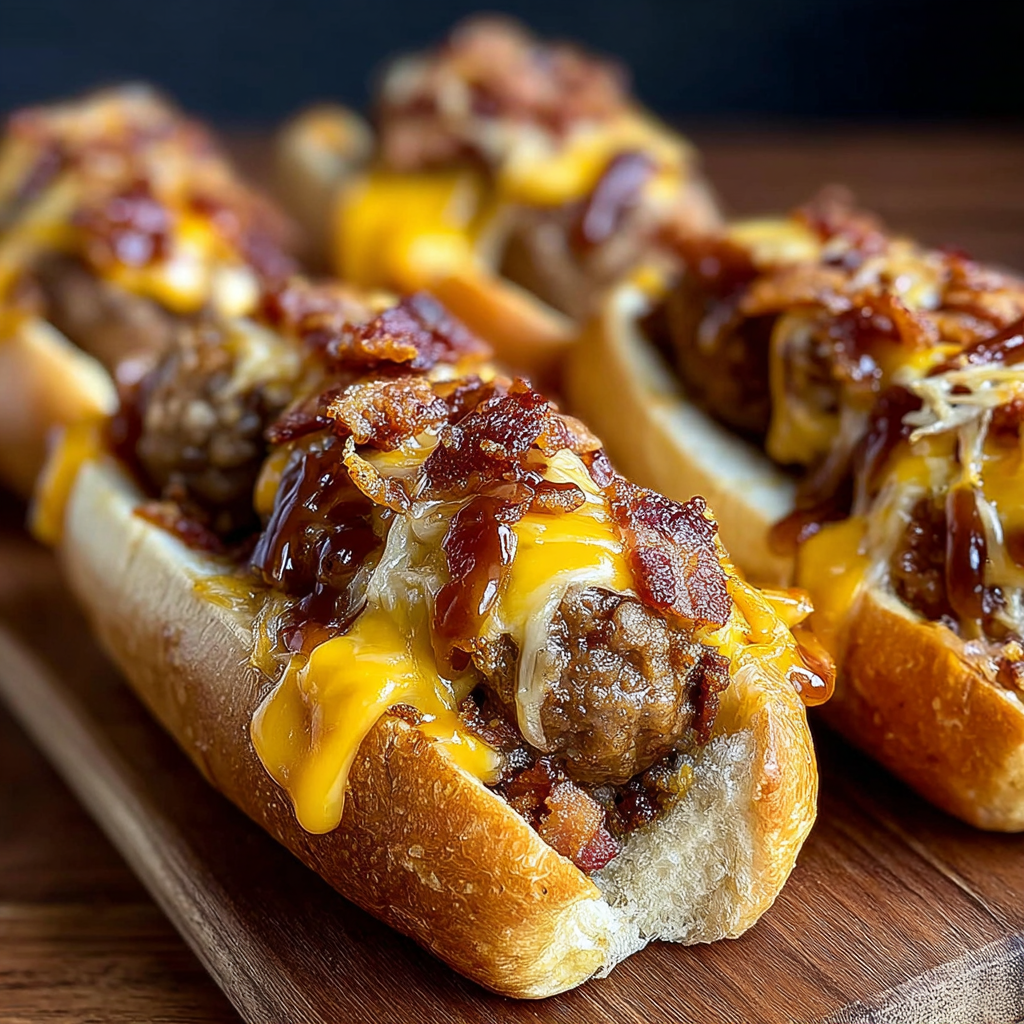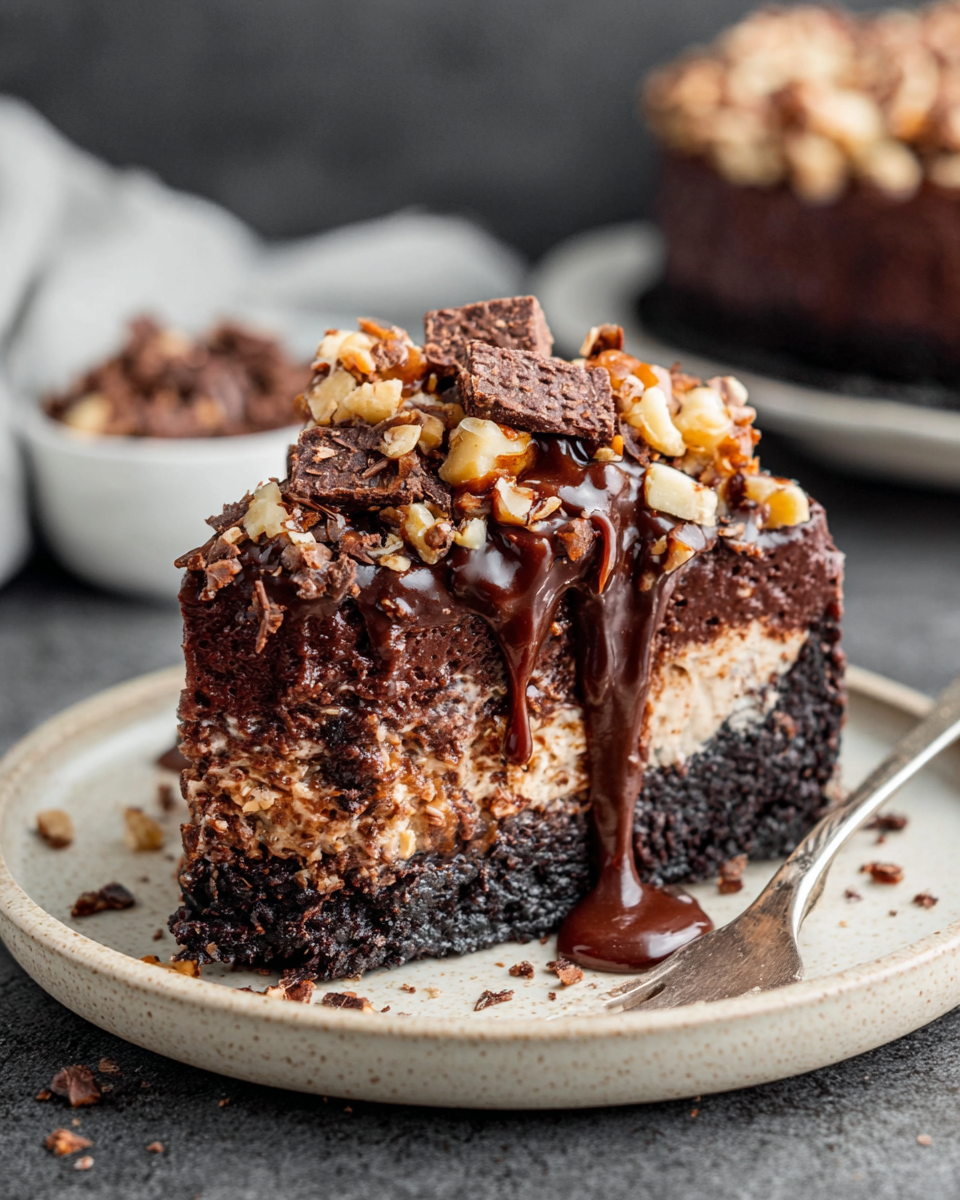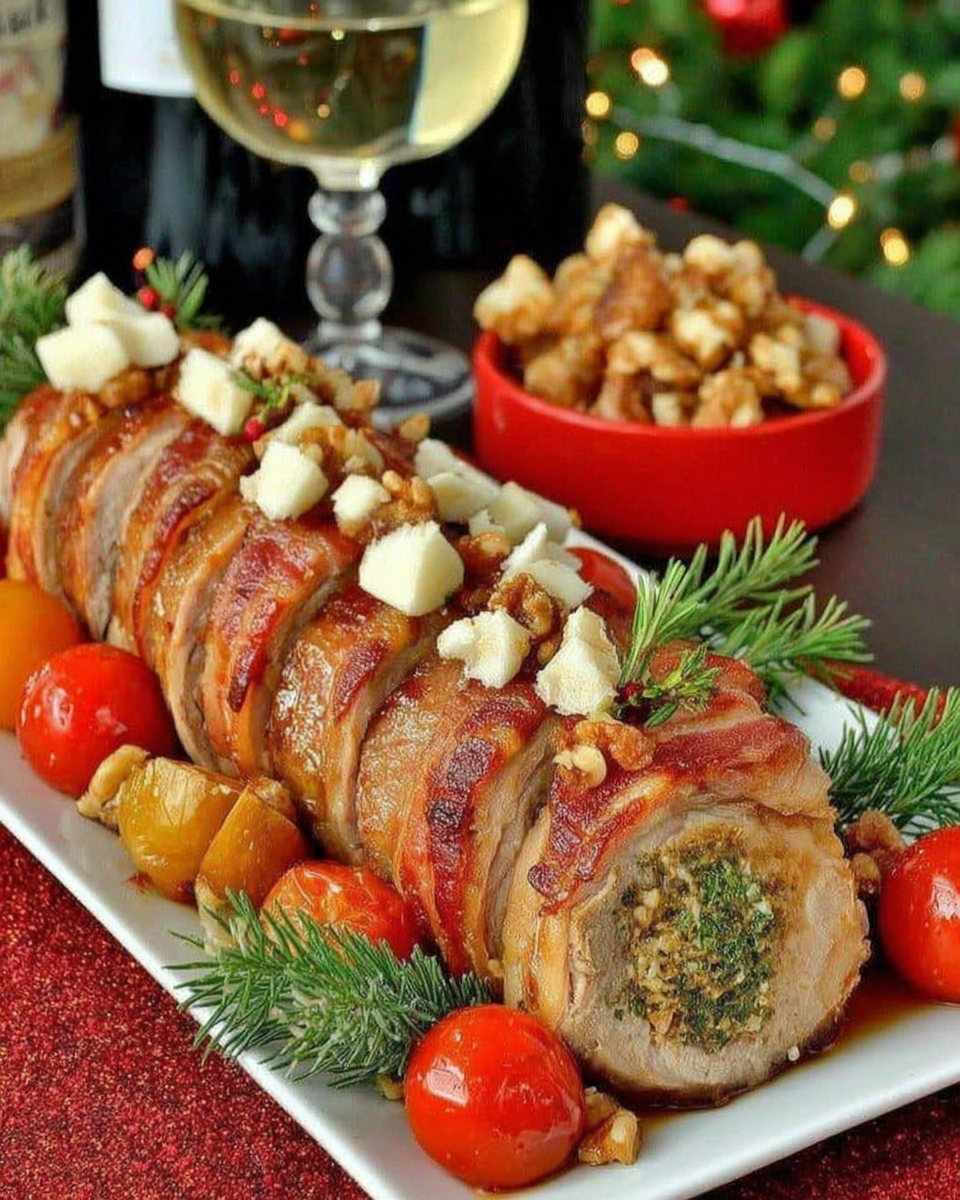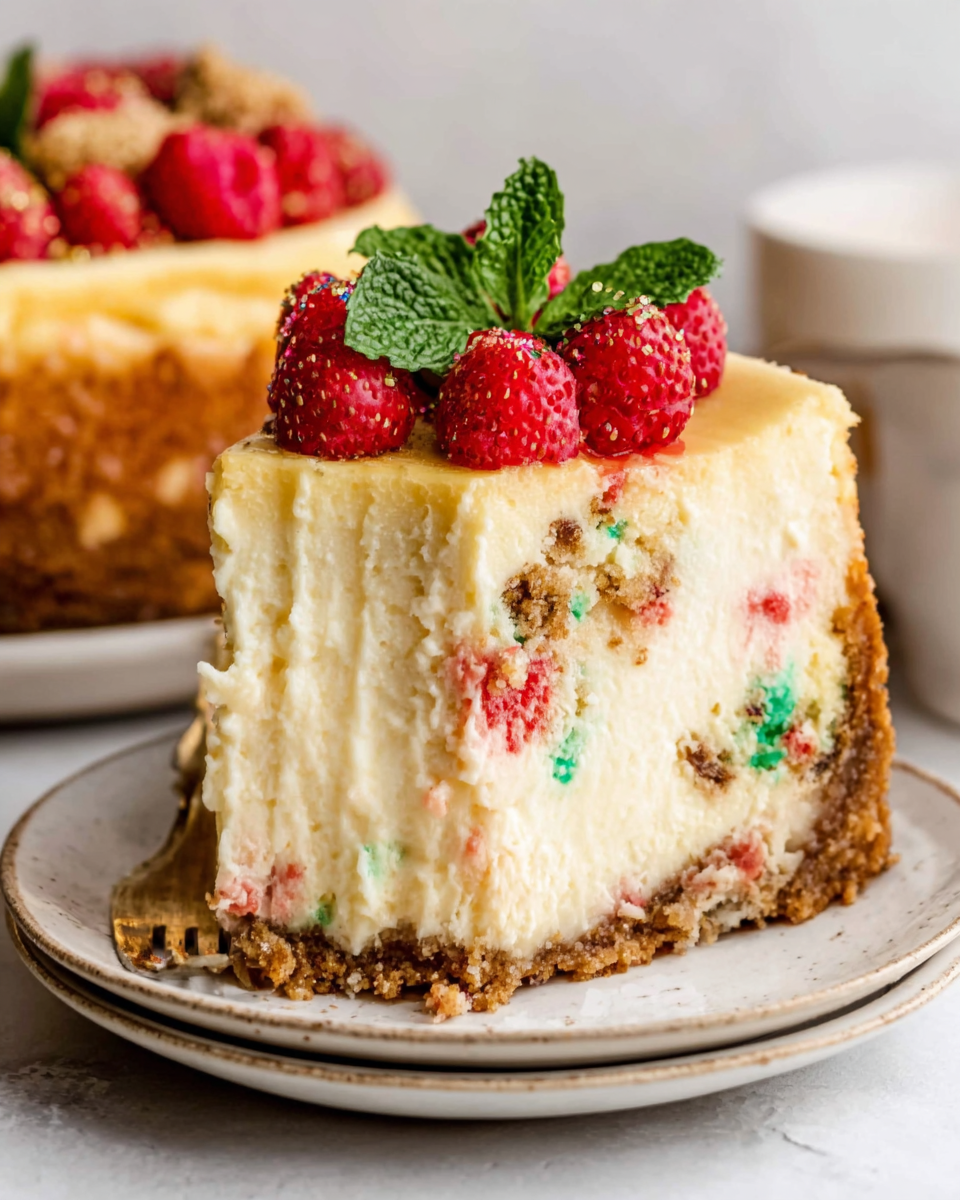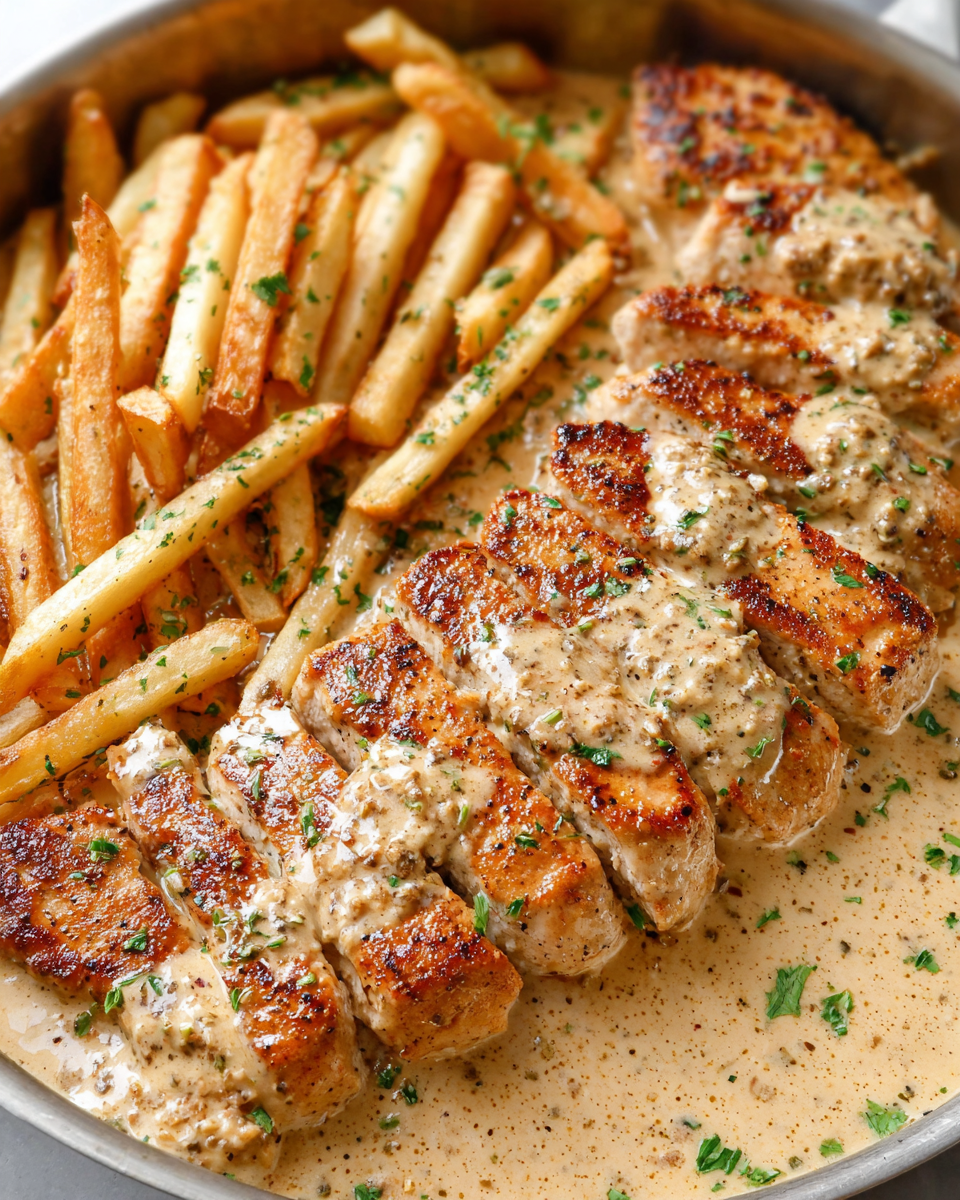Introduction
The aroma of Christmas cookies wafting through your home is a tradition that many cherish. From gingerbread men to peppermint bark, these treats evoke nostalgia and seasonal warmth. Baking cookies during the holidays is not just about the final product; it’s a celebration of togetherness, creativity, and joy.
Home bakers of all skill levels can appreciate the simple pleasure of mixing ingredients and decorating treats. These delightful cookies are perfect for sharing, whether at festive gatherings, as gifts, or simply enjoying with a warming cup of cocoa. Let’s dive into the world of holiday baking and create some memorable cookies.
Ingredients
- 2 ½ cups all-purpose flour
Flour acts as the foundation of your cookies, providing structure and stability. It contains gluten, which helps cookies hold together and gives them their characteristic texture. - 1 tsp baking soda
Baking soda functions as a leavening agent, helping cookies rise and develop a light, airy texture. It reacts with acidic ingredients, creating carbon dioxide bubbles. - ½ tsp salt
Salt enhances the flavor of cookies by balancing sweetness and preventing the taste from being flat. It also strengthens the gluten, which contributes to the cookie's structure. - ¾ cup unsalted butter, softened
Butter adds richness and moisture, influencing both the flavor and texture of the cookies. When creamed with sugar, it introduces air, which helps leaven the cookies. - 1 cup granulated sugar
Granulated sugar sweetens cookies and also aids in browning through caramelization, creating a pleasant crunch on the edges while ensuring a soft center. - ½ cup brown sugar, packed
Brown sugar provides moisture and a deeper flavor, thanks to its molasses content. It results in chewier cookies with a rich, toasty taste. - 2 large eggs
Eggs bind the ingredients, adding moisture and helping with the leavening process. They also contribute to the overall texture, giving the cookies a tender crumb. - 1 tsp vanilla extract
Vanilla extract adds a warm, sweet flavor that complements the other ingredients. Its aromatic qualities elevate the overall taste of the cookies. - 1 cup chocolate chips or spices (ginger, cinnamon)
Depending on your flavor choice, chocolate chips add sweetness and a delightful texture. Alternatively, spices like ginger and cinnamon evoke traditional holiday flavors, enriching the festive spirit.
Directions & Preparation
Step 1: Preheat your oven to 350°F (175°C).
Preheating your oven ensures that cookies bake evenly right from the start. This step is crucial in achieving a perfect golden-brown exterior while maintaining a soft interior.
Step 2: In a bowl, whisk together the flour, baking soda, and salt. Set aside.
Whisking dry ingredients together helps to evenly distribute the leavening agent and salt, ensuring uniformity in your dough. This step also helps to aerate the flour, leading to a lighter texture.
Step 3: In another bowl, cream the softened butter and sugars until light and fluffy.
Creaming the butter and sugars together incorporates air, which is key for light cookies. This also allows the butter to soften, creating a smooth mixture that will blend well with the eggs and dry ingredients.
Step 4: Add in the eggs and vanilla extract, mixing well to combine.
Integrating eggs and vanilla into the mixture is essential for binding and flavor. It allows the wet ingredients to fully incorporate, leading to a consistent dough.
Step 5: Gradually add the dry ingredients to the wet mixture, mixing until just combined.
Overmixing at this stage can lead to tough cookies; mixing just until incorporated allows for the right balance of texture. It’s important to scrape down the sides of the bowl to ensure all ingredients are evenly mixed.
Step 6: Fold in chocolate chips or spices, ensuring equal distribution.
Folding in chips or spices helps maintain the texture of the dough while ensuring flavor and sweetness are well-distributed throughout. This step adds character to your cookies and can elevate them from simple to festive treats.
Step 7: Drop spoonfuls of dough onto a lined baking sheet, spacing them evenly.
Spacing the dough balls allows ample room for spreading during baking. Using a cookie scoop or a tablespoon helps maintain uniform cookie sizes, ensuring a consistent bake.
Step 8: Bake for 10-12 minutes, until edges are golden.
Baking times may vary based on the size of your cookies, so keeping an eye on them is essential. The edges should be just golden, while the centers may look slightly underbaked — they will continue to set as they cool.
Step 9: Allow cookies to cool on the baking sheet for a few minutes before transferring to a wire rack.
Cooling on the baking sheet allows the cookies to firm up before being handled. Transferring them too soon may result in breakage, while letting them cool helps preserve their intended shape and texture.

Creative Flavor Twists for Your Cookies
While traditional chocolate chip cookies are beloved, experimenting with flavors can make your Christmas cookie platter sing. Consider incorporating spices like nutmeg or cardamom, or swapping chocolate chips for dried cranberries or peppermint pieces to offer a festive twist. These simple changes can elevate your cookies, making each bite a delightful surprise.
Enhancing Decorations for a Festive Touch
Decorating your cookies can be the highlight of your baking experience. Use royal icing for intricate designs, sprinkle edible glitter for sparkle, or adorn with holiday-themed sprinkles. Not only do decorations make cookies visually appealing, but they also personalize them for sharing with friends and family, embracing the spirit of giving during the holiday season.
Baking Together: Making It a Family Tradition
Baking Christmas cookies is a perfect opportunity to create family traditions. Involve children or friends in the process, from mixing dough to applying decorations. Sharing stories and laughter while decorating creates lasting memories, making each batch of cookies not just a treat, but a cherished experience that you can look back on fondly for years to come.
FAQs
What if my cookie dough is too soft to handle?
If your cookie dough feels too soft, try chilling it in the refrigerator for about 30 minutes. This firms up the butter and makes it easier to scoop and shape.
Can I use margarine instead of butter in this recipe?
Yes, margarine can be used as a substitute for butter. However, it may affect the flavor and texture slightly. Choose a high-quality margarine for the best results.
What can I do if the cookies spread too much while baking?
If the cookies spread excessively, you may need to chill the dough longer before baking. Also, ensure you’re using the correct flour measurement to prevent excess moisture.
How can I add more seasonal flavors to the cookies?
Incorporating spices like nutmeg, allspice, or peppermint extract can enhance the festive flavor profile of your cookies. You can also add zest from oranges or lemons for a refreshing twist.
Can I scale this recipe to make larger batches?
Absolutely! Simply multiply each ingredient by the desired amount, maintaining the same proportions for a larger batch of cookies.
What if my cookies turn out too dry?
If your cookies are too dry, you might have overbaked them or used too much flour. To hydrate future batches, consider adding an extra egg or reducing flour slightly.
Conclusion
Christmas cookies are more than just treats; they carry the essence of the holiday spirit. With every batch, you create joyful moments and delightful flavors that bring people together.
As you gather ingredients and bake, remember the laughter and warmth this tradition embodies. Enjoy making your delightful creations and sharing them, spreading holiday cheer one cookie at a time.
Recipe Card
Notes
Additional serving suggestions: pair with a crisp salad, garlic bread, or roasted seasonal vegetables for balance.
For make-ahead, prep components separately and assemble just before heating to preserve texture.
Taste and adjust with acid (lemon/vinegar) and salt right at the end to wake up flavors.
